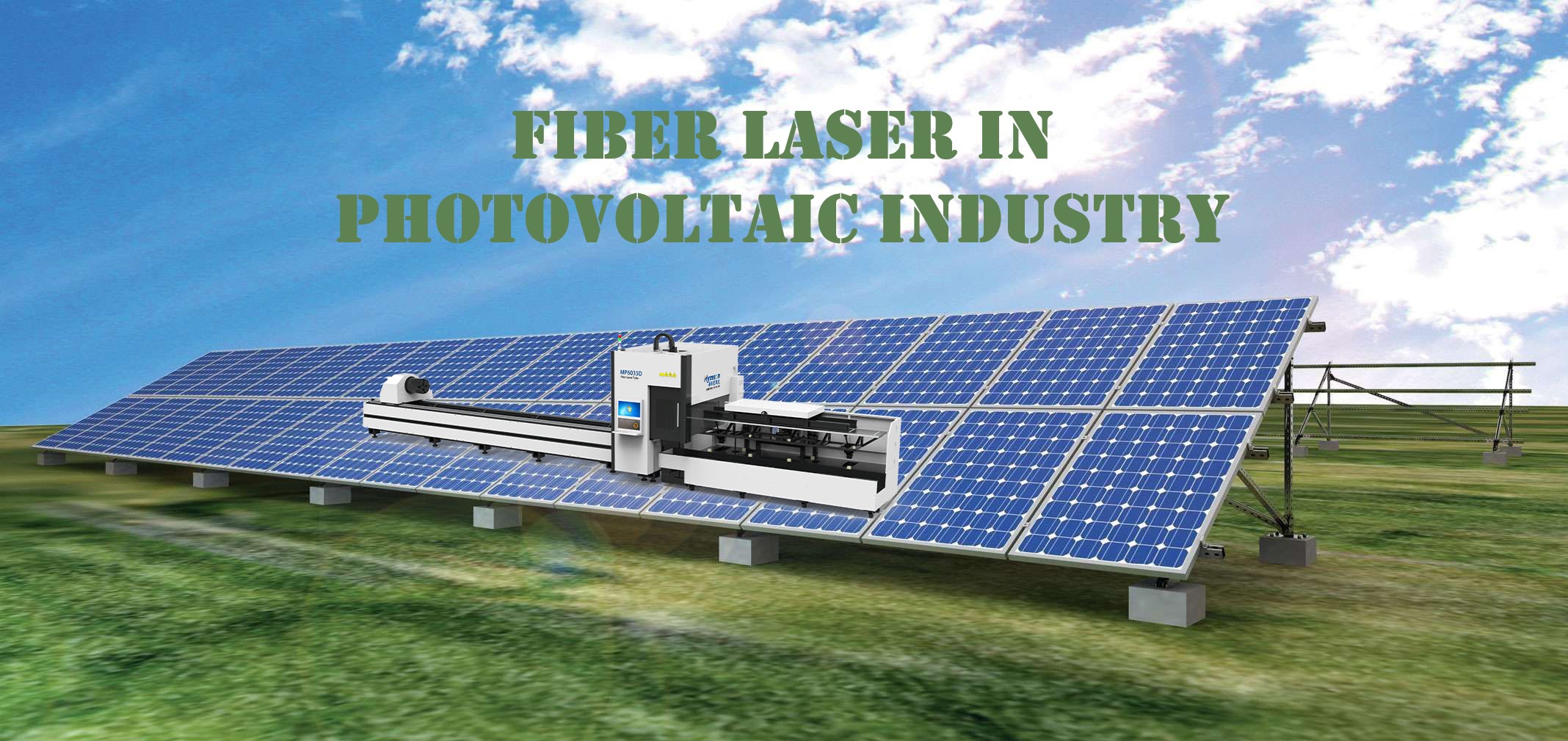
光纤激光器作为工业化工具,是光伏行业的关键技术,可用于边缘隔离、边缘去除、晶体损伤去除、薄膜烧蚀等多种应用,在保证较低成本的同时,可以生产出高效率的太阳能电池,获得更高的企业效益。因此,越来越多的厂商引进各种光纤激光器,以提高生产效率,优化企业整体效率。
光纤激光器如何助力光伏产业?
硅电池在光伏发电中占有重要地位,不管是晶硅电池还是薄膜硅电池,高纯度的单晶/多晶切割成电池用的硅片,经过精确切割、激光整形,制成电池后再组装成串。
在光伏行业,激光技术越来越多地用于掺杂工艺。其中包括与光伏制造相关的标记、薄膜图案化和微加工应用。此外,与传统技术相比,激光简化了工艺步骤,因此对降低成本有很大影响。
光纤激光器如何让您的硅电池脱颖而出?
● 整理和记录
利用光纤激光器对准硅片是太阳能电池片自动串焊常见的在线工艺,通过这种方式连接太阳能电池片可以降低存储成本,并使每个组件的电池串排列更加有序、紧凑。
● 切割技术
使用光纤激光切割机对硅片进行划片切割是目前非常先进的技术,非晶硅薄膜电池边缘带状薄膜的去除需要较高的峰值功率、良好的脉冲能量控制和稳定性,而光纤激光器具有精度高、重复性好、工作稳定、速度快、操作简单、维护方便等特点。
● 边缘钝化处理
使用高能量、高功率的激光可以快速钝化电池边缘,防止过多的功率损失。采用激光成型的凹槽,大大降低了电池片漏电流造成的能量损失,由传统化学蚀刻工艺的10-15%降低到激光技术的2-3%。
● 晶圆标记
激光在硅光伏行业的一个重要应用是在不影响硅片导电性的情况下对硅片进行标记。硅片标记可以帮助制造商追踪其太阳能供应链并确保稳定的质量。
结论
随着企业规模化生产不断提升,也推动了激光技术行业的发展。光纤激光器提供了工业激光器市场上功率稳定性、聚焦性、效率的最佳组合。在晶体硅太阳能电池生产中,中国光纤激光技术用于切割硅片和边缘绝缘。电池边缘的掺杂是为了防止正面电极和背面电极之间的短路。在这个应用中,海目星光纤激光器已经完全超越了其他传统工艺。相信未来光纤激光器将为光伏相关行业的生产过程提供更具成本效益的解决方案。
分享这篇文章:

